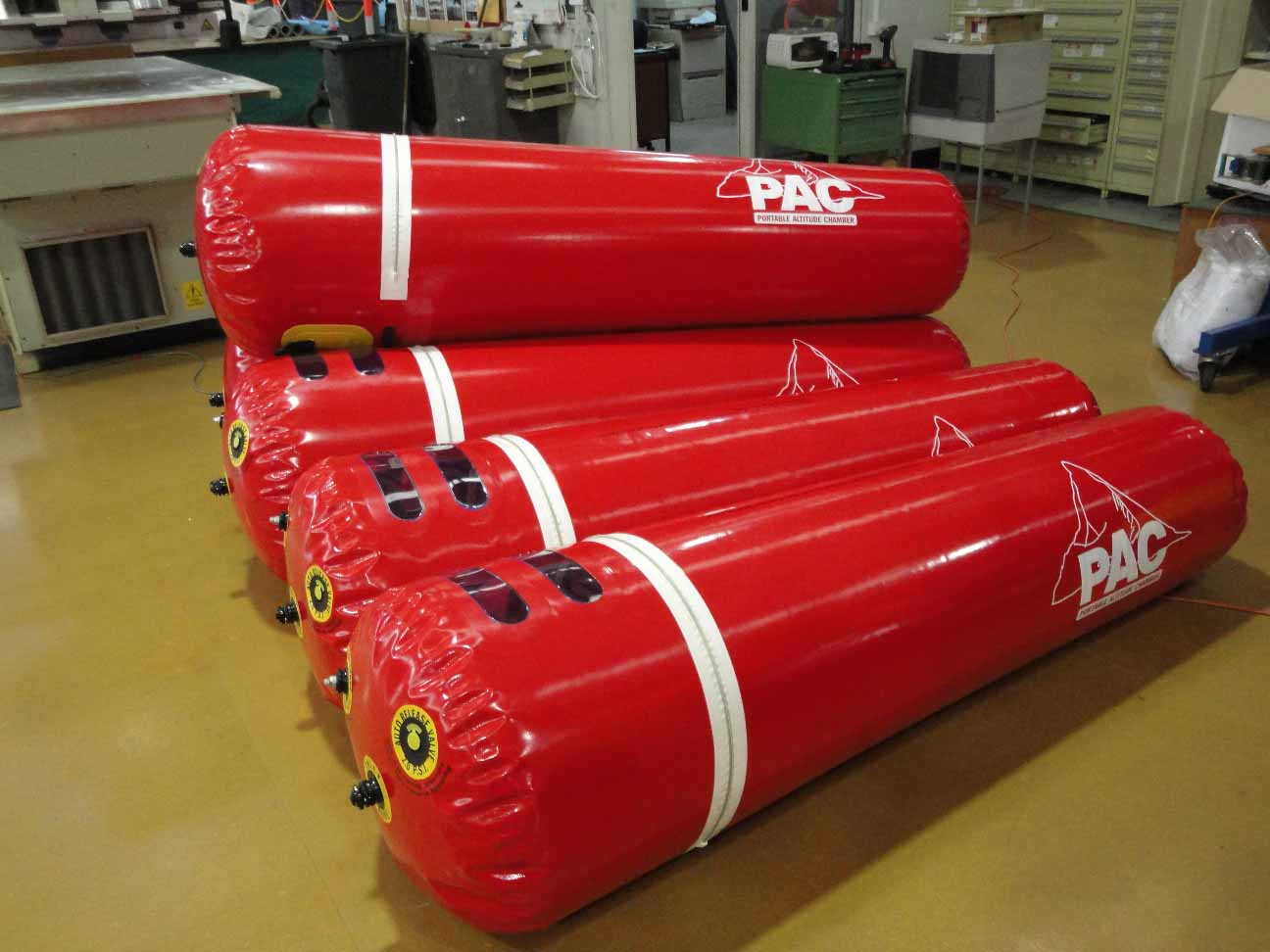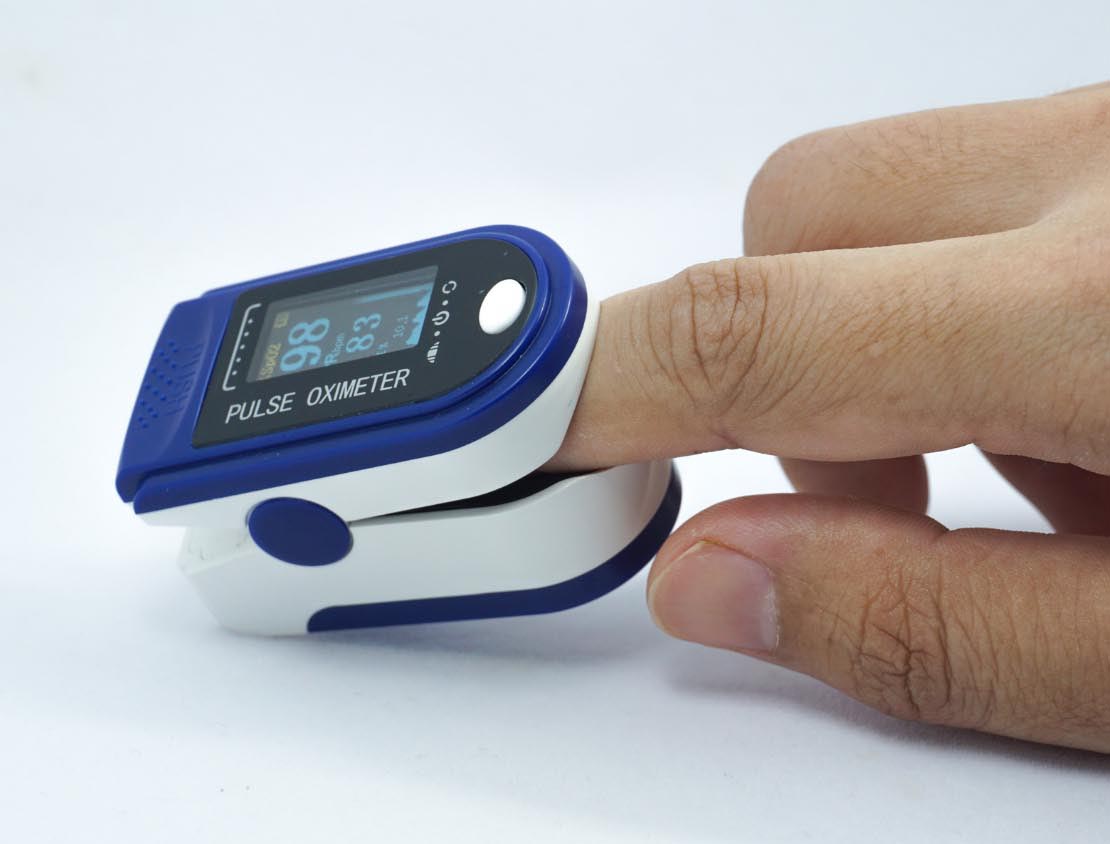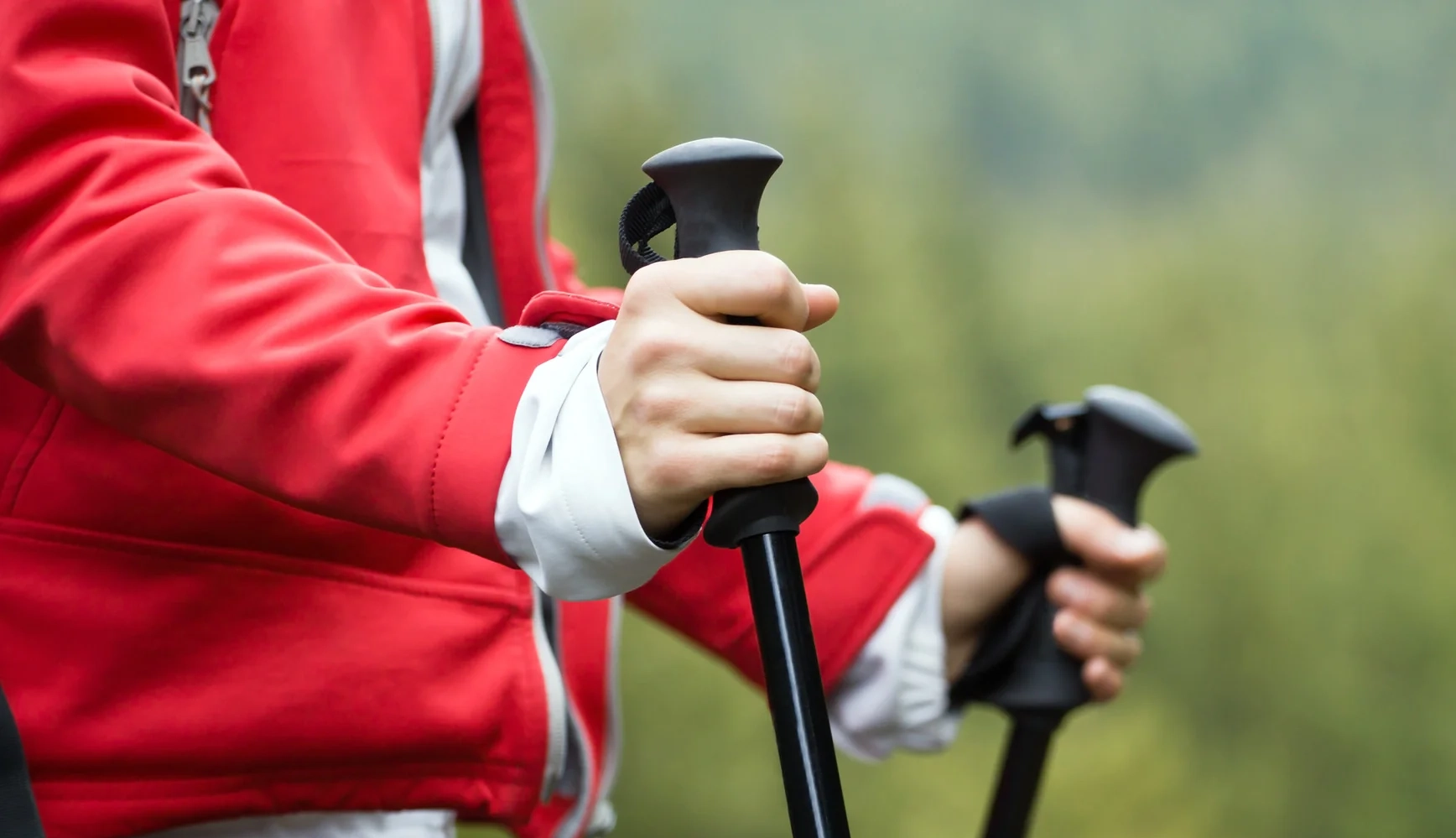All About Safety On Mount Kilimanjaro
Towering 19,340 feet over Tanzania, Kilimanjaro is the highest peak in Africa and remains an active volcano, the high elevation means that altitude sickness is a serious risk on Kilimanjaro. Symptoms include shortness of breath, headaches, nausea and loss of appetite. The drug acetazolamide can lessen symptoms and help you recover more quickly but, as with any medication, consult a health care professional before taking it. On Kilimanjaro, reduce your chances of developing altitude sickness by giving your body a chance to acclimatize to the higher altitude. Climb slowly and add rest days into your trip. Let your guide set the pace and don’t be tempted to climb ahead of the group, even if you’re feeling good.
Always breathe through the nose in the early stages as this slows you down but at higher altitudes, you should breathe more often through the mouth in the later stages which helps you to get oxygen.
Beware of the cold at high altitudes, the temperature drops very sharply before sunrise and cloud and thick fog often obscure the sun.
Anyone with the right amount of determination can climb Kilimanjaro. The oldest person to summit was 88 years old and the youngest was 7 years old. Kyle Maynard, who has no arms and legs due to a condition called congenital amputation, crawled unassisted to the top of Kilimanjaro in 2012.
Are Gamow Bags Necessary on Kilimanjaro?
A hyperbaric chamber is a sealable pressure vessel large enough for one adult to enter and stretch out, where he or she can be supplied with oxygen under pressure. The Portable Altitude Chamber, PAC, was designed to treat severe altitude sickness when immediate descent, the preferred treatment, is not possible. It is inflated by a foot pump to simulate conditions of greater air pressure at lower altitude for sufferers from Acute Mountain Sickness, AMS. It is unwieldy to move, claustrophobic to experience and needs constant pumping to maintain pressure as it is not air snug.
The Gamow Bag is only recommended at very high altitudes such as on Everest, or staying at Crater Camp on Mount Kilimanjaro where fast and immediate descent is not feasible. But on a climbing safari on Mt. Kilimanjaro it rarely takes more than an hour to find relief at lower levels except from Crater Camp, where the bags should be standard equipment. One should never attempt to hike higher once symptoms arise on a Kilimanjaro trek as they can swiftly develop into High Altitude Pulmonary Edema, HAPE, where lungs are fluid congested and it is necessary to administer extra oxygen through a face mask. This is not possible in a Gamow bag. The other form of severe AMS is High Altitude Cerebral Edema, HACE, which manifests rapidly and is potentially fatal if descent is delayed. Symptoms are slurred speech, blindness, paralysis and coma. Rather than relying on a Gamow Bag on Kilimanjaro climbs, you can depend on our highly experienced guides to identify the severity of the problem and get you down fast and safely. We advise trekkers to take an extra day acclimatizing on Kilimanjaro to make summit success more likely and allow you to avoid the worst effects of Altitude Sickness.


Pulse Oximeter During Your Kilimanjaro Trek
A pulse oximeter is a tiny clip which fits over a finger, shining light into the tissue to measure the color of reflected light and estimate the amount of oxygen in the blood. It can subtly aid the diagnosis of altitude sickness on a Kilimanjaro climbing challenge. Oxygen is carried by red blood cells, the color determined by the percentage of oxygen they contain. Bright scarlet blood is oxygen rich as it leaves the lungs and becomes a dark, burgundy color when the oxygen is used up and replaced by carbon dioxide, which is exchanged for more oxygen when it goes back to the lungs. Altitude sickness occurs when less oxygen is obtained from the lungs and arterial blood is darker in hue. Acclimatization increases the number of red blood cells available, enabling more oxygen to be carried. The redness of the blood tells you the level of oxygen saturation, from which you can judge the amount available to the trekker. However, these readings are very difficult to assess and vary from one individual to another especially at a high altitude environment.
A high reading of SpO2 could indicate very good acclimatization, or that the person is hyperventilating from anxiety, or even that he has carbon monoxide poisoning! A lower reading could demonstrate anoxia, oxygen starvation, or it could show that a person is coping very well with altitude. A trained athlete with 65% oxygen saturation may be perfectly safe, whilst a less fit trekker could still be at risk for hypoxemia at 75%. The real purpose of a pulse oximeter is to correlate heartbeat and oxygen saturation in a clinical environment for someone suffering from sleep apnea, heart attack or failure, pneumonia, anaemia and asthma. On a climbing excursion on Kilimanjaro mountain, it makes more sense to rely on your AMS symptoms and your guide to decide if you can safely continue your climb, or if you should return to a lower elevation. We advise trekkers to take an extra day acclimatizing on Kilimanjaro to make summit success more likely and allow you to avoid the worst effects of Altitude Sickness.
Diamox & Altitude Sickness on Kilimanjaro
Acetazolamide, or what is commonly sold under the trade name Diamox, is a drug that is used for various medical treatments – including glaucoma, sleep apnea, epilepsy and hypertension. It is also used to help mitigate the effects of altitude sickness.
Using Diamox on Kilimanjaro is a question you are going to face when you start your preparations to reach the Roof of Africa.
What is Diamox?
Diamox (aka Acetazolamide), as it is used for Acute Mountain Sickness (AMS), is a diuretic (i.e. it promotes the production of urine) and a prophylactic (i.e. is used as a preventative medicine – not a cure).
It is also a carbonic anhydrase inhibitor (ahem, what?). Essentially this means that it promotes the excretion, via urine, of bicarbonate – which is why it is useful for altitude sickness
Diamox and altitude sickness
The excretion of bicarbonate increases the acidity of the blood, as bicarbonate is a conjugate base of carbonic acid. Increased acidity in the blood is equated by our bodies as increased CO2. The body responds to the imaginary excess CO2 by breathing deeper and faster to get rid of the CO2. Deeper, faster breathing increases the amount of oxygen received by the blood. This helps with the acclimatisation process and helps prevent the onset of AMS symptoms.
Obviously you should first consult your doctor to check whether Diamox is a suitable drug given your particular medical history. It is not suitable for pregnant women or anyone with kidney or liver disease issues (obviously these people shouldn’t be climbing Kilimanjaro in the first place)
We recommend taking Diamox for 2-3 days 2 weeks before departure to test whether you experience any side effects.
Typical side effects associated with Diamox are:
- Frequent urination – everyone experiences this when taking Diamox. It can result in the development of kidney stones so it is important that you drink loads of fluids whilst taking the medication.
- Numbness and tingling in the fingers, toes and face – Many people experience this side effect when taking Diamox. The sensation is a little discomforting but not dangerous
- Taste alterations (some foods might taste weird)
- Nausea, vomiting and diarrhea – this is rare. These side effects should be identified during your test before departing for Kilimanjaro. Unfortunately these side effects are common with AMS and therefore can easily be misdiagnosed as AMS
- Drowsiness and confusion is also possible – again these side effects can be confused with AMS
Typically Diamox comes in 250mg tablets. Most people take half a tablet in the morning and half in the evening. You should start taking tablets one day before arriving in Kilimanjaro and continue taking the same dosage for all ascent days. You can cease taking Diamox on descent.
Supplementary Oxygen on Kilimanjaro
Our guides are well trained and experienced to administer supplemental emergency oxygen to sufferers from rare complications of Acute Mountain Sickness (AMS) who may develop High Altitude Cerebral Edema (HACE), a potentially fatal swelling of brain tissue as a result of poor acclimatization, resulting in confusion, paralysis and coma if unrelieved. AMS is the way your body tells you to go back down the mountain (read more on how to avoid or minimize it). You have over-extended and over-welcomed yourself on the shinning mountain. Headache and nausea warn that your systems are shutting down and trekking any higher will put your life in danger. Most effects of altitude sickness can be dealt with by simply descending a few hundred feet to more comfortable conditions and resting, but HACE symptoms are not so easily relieved. Evacuation is essential, since after effects can persist for days or weeks depending on their severity. Your body produces extra red blood corpuscles at altitude to enable your blood to carry more oxygen to the brain, but this process takes a few days and is halted as soon as more oxygen becomes available.
After using supplementary oxygen, you must not attempt to hike higher. Although it relieves breathing difficulty and oxygen starvation, it reverses acclimatization changes. Supplementary oxygen is routinely carried only for emergency treatment and not as an aid to climbers who wish to continue to the summit. It would be a very dangerous practice. There is no way of avoiding some discomfort on the mountain, even if everyone who climbed wore heated, pressurized kits and oxygen masks. And where would be the pleasure in your Kilimanjaro climb then? The best safety insurance on Kilimanjaro climb is our guides, who will monitor you for AMS and avoid potential complications by getting you off the mountain if your condition becomes threatening. We advise trekkers to take an extra day acclimatizing on Kilimanjaro to make summit success more likely and allow you to avoid the worst effects of Altitude Sickness.


Are Trekking Poles Important on Kilimanjaro?
Trekking poles provide tremendous help when hiking Kilimanjaro. We recommend that our clients bring or rent trekking poles for their climb.
The poles provide an additional contact point to the ground which increases your stability, especially when going downhill in rough conditions. In addition, they transfer some of your hiking weight to your arms. This lets your arms, shoulders and back help out your legs during those long hikes and reduces fatigue in your legs.
Experience Zanzibar After A Kili Climb or Safari
Lying off Tanzania’s coast, the Zanzibar Archipelago consists of more than 50 islands, most of which have a long history and a rich cultural mix. The best known island here is Zanzibar (or ‘Unguja Island’, as it is more properly known). It is a semi-autonomous part of Tanzania, which entered into a political union with the mainland after independence. This website treats it separately.
